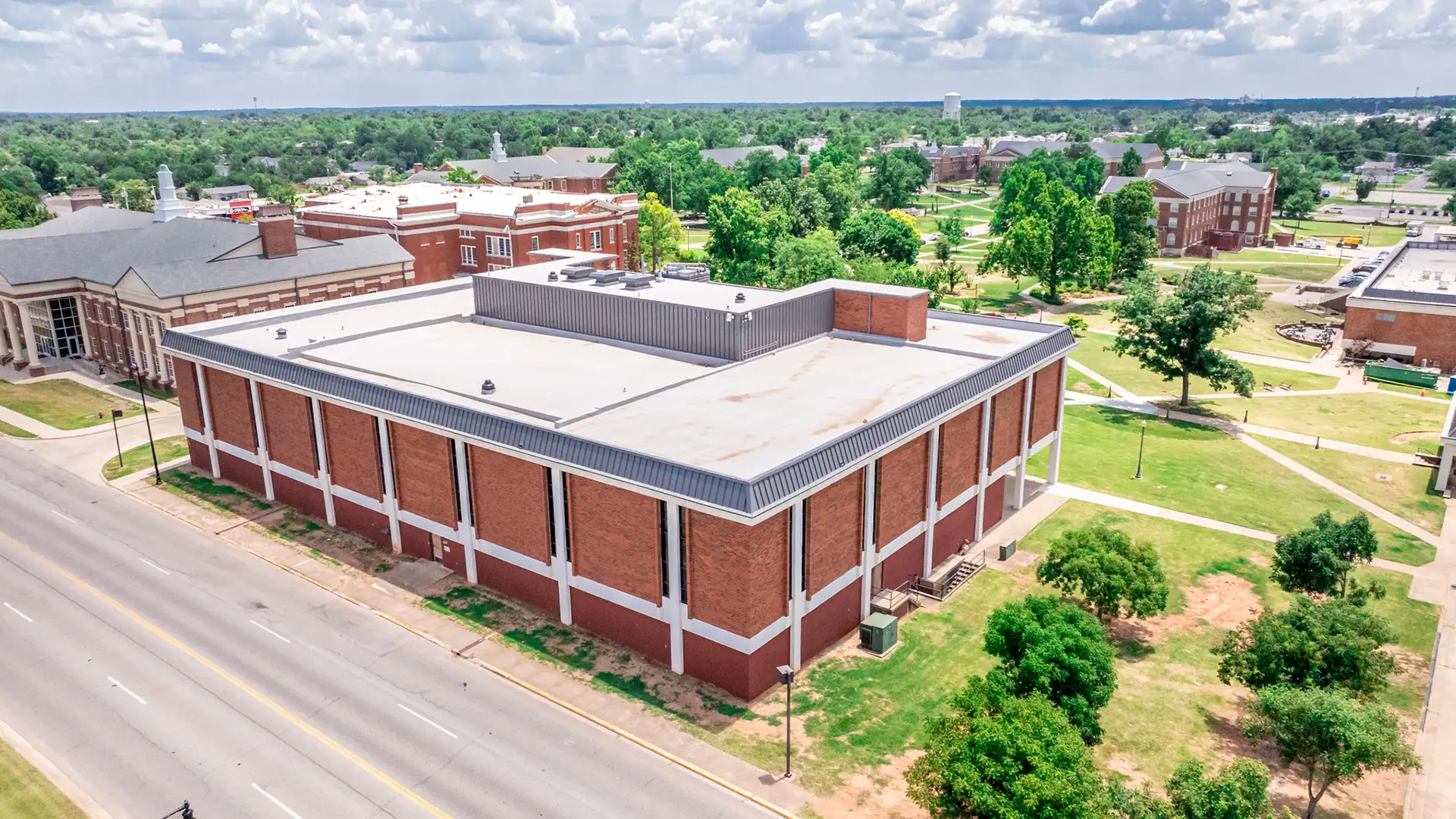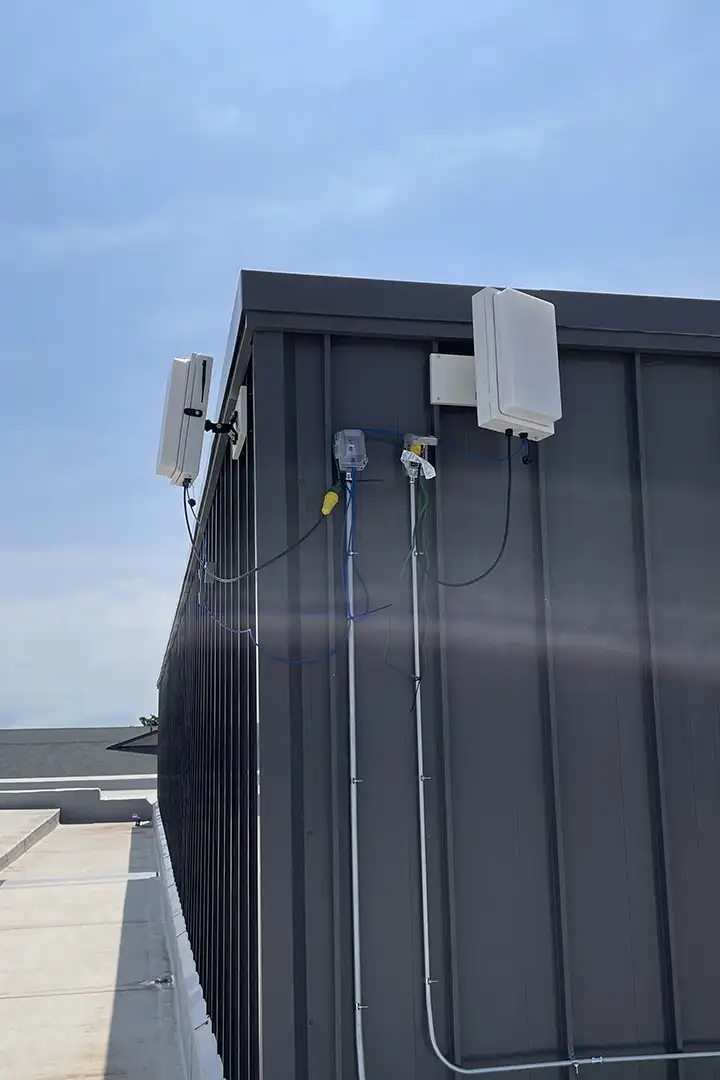OBU Partners with Leading Weather Institutes to Enhance Community Safety and Student Learning
June 24, 2024
In an innovative collaboration aimed at bolstering community weather safety and advancing educational opportunities, Oklahoma Baptist University has announced its partnership with esteemed weather research entities to host a cutting-edge bistatic radar system on its campus.
The University of Oklahoma’s Cooperative Institute for Severe and High-Impact Weather Research and Operations (CIWRO), alongside OU’s Advanced Radar Research Center (ARRC), NOAA’s National Severe Storms Laboratory (NSSL), and NOAA’s National Weather Service (NWS), have selected OBU as part of the research project designed to provide three-dimensional wind estimation within thunderstorms—ultimately enhancing severe thunderstorm and tornado warnings.
This strategic alliance includes the installation of two radars—comparable in size to a large briefcase with one facing southwest and the other facing northwest — installed at OBU on the rooftop of the Mabee Learning Center, integrating it into a broader network dedicated to meteorological advancements. The location selection is strategic; ensuring line of sight with NWS’s central Oklahoma radar is crucial for optimal functionality.
Dr. Patrick Marsh is among those who are excited about this opportunity. Marsh is an OBU visiting professor of natural science and is the chief of science and support for the National Oceanic and Atmospheric Administration’s (NOAA) Storm Prediction Center (SPC) in Norman, Okla.
“One of the biggest weaknesses of weather radars is they can only measure the wind toward and away from the radar,” Marsh said. “By adding these radars at OBU, and combining them with others across central Oklahoma, this research project aims to improve NWS warning forecasters’ confidence of thunderstorm, tornado and wind-damage potential through three-dimensional estimates of the true wind speed and direction within thunderstorms.”
This initiative promises substantial benefits beyond improved regional weather safety protocols.
OBU students, particularly those pursuing electrical engineering where such radars are constructed, will have the opportunity for hands-on learning directly from principal investigators involved in this high-impact project. Such practical experience not only enriches students’ academic journey but also positions them favorably in competitive job markets post-graduation.
“In competitive job markets, OBU engineering graduates will be able to point to their world-class education and highlight practical real-world, hands-on experiences with international experts,” Marsh said.
Also, by playing a pivotal role in enhancing local severe weather detection capabilities, OBU demonstrates its commitment to community well-being and goodwill. The radars data transmission capabilities, whether via Wi-Fi or 5G Cellular, will contribute to real-time weather monitoring and early warning systems, safeguarding both campus residents and the surrounding community.
Marsh said this collaboration exemplifies OBU’s dedication to fostering a safer environment while empowering its students with practical skills that extend beyond the classroom. As the two radars take their place atop the Mabee Learning Center, it symbolizes scientific progress and a shared commitment to community resilience.

